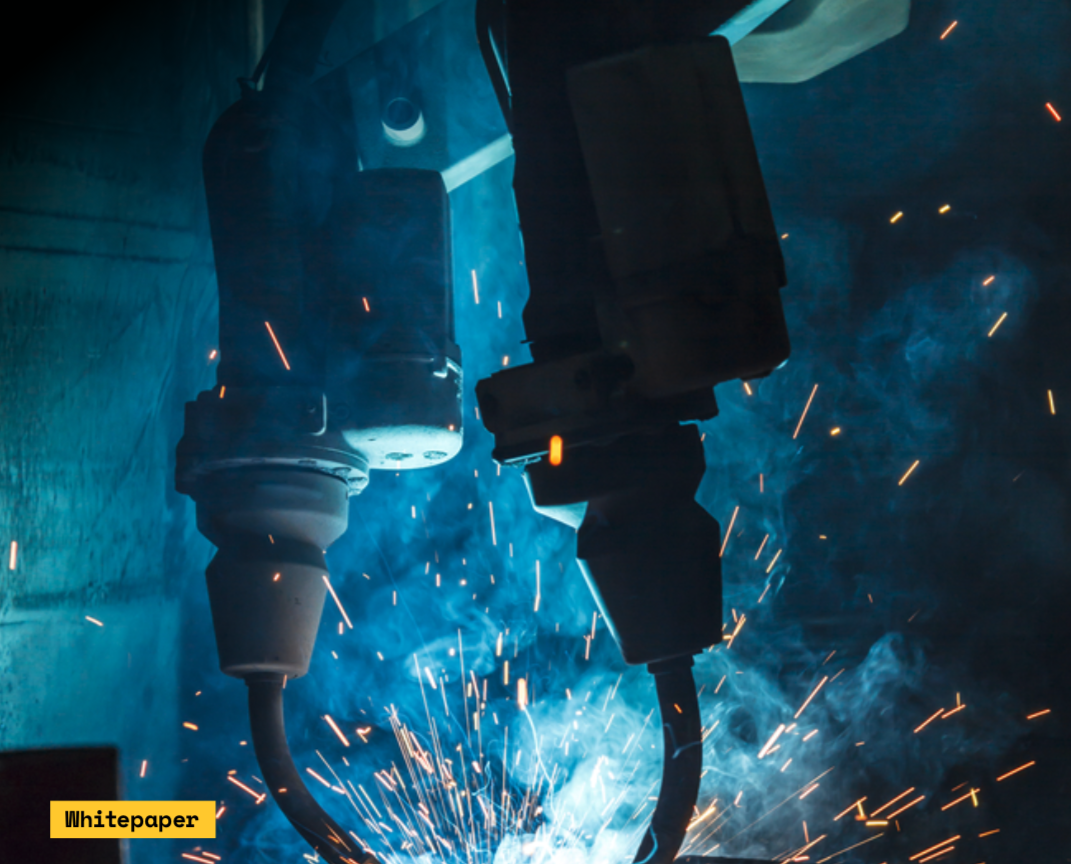It’s a big world, and it is estimated that there are some 7,000 spoken languages worldwide. In fact, to bring order to the linguistic chaos, the United Nations adopted six official languages to maintain international peace and relations.
Today, many factories are (at best) like the UN. At worst they are like the rest of the world, with disparate, overlapping systems delivering different data sets. Manufacturers are always looking for better ways to make quality products and increase production efficiency, but often the lack of common data points and communication between engineering, operations and quality teams is like language barriers impeding progress. As a result, production data is fragmented and left siloed, requiring “translation” from one stakeholder group to the next.
The bottom line is, most manufacturing companies are in desperate need for a way to understand and capture their data in real-time, but more importantly, in one place. They’re looking for solutions that connect every part of their supply chain and operations, but also include process-insights trends, proactive maintenance, usable operator inputs, and the ability to make on-the-fly production adjustments, all done through automation with full access to the same data language.


